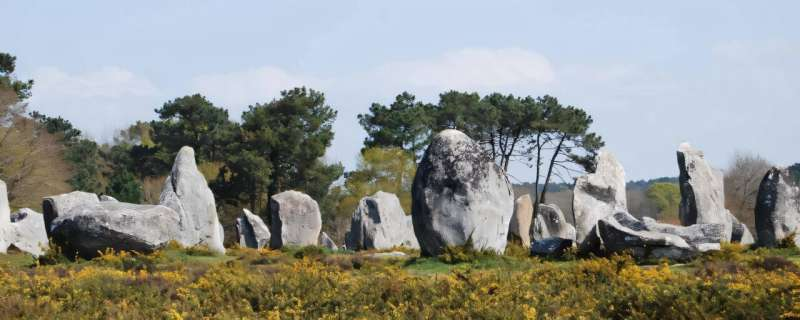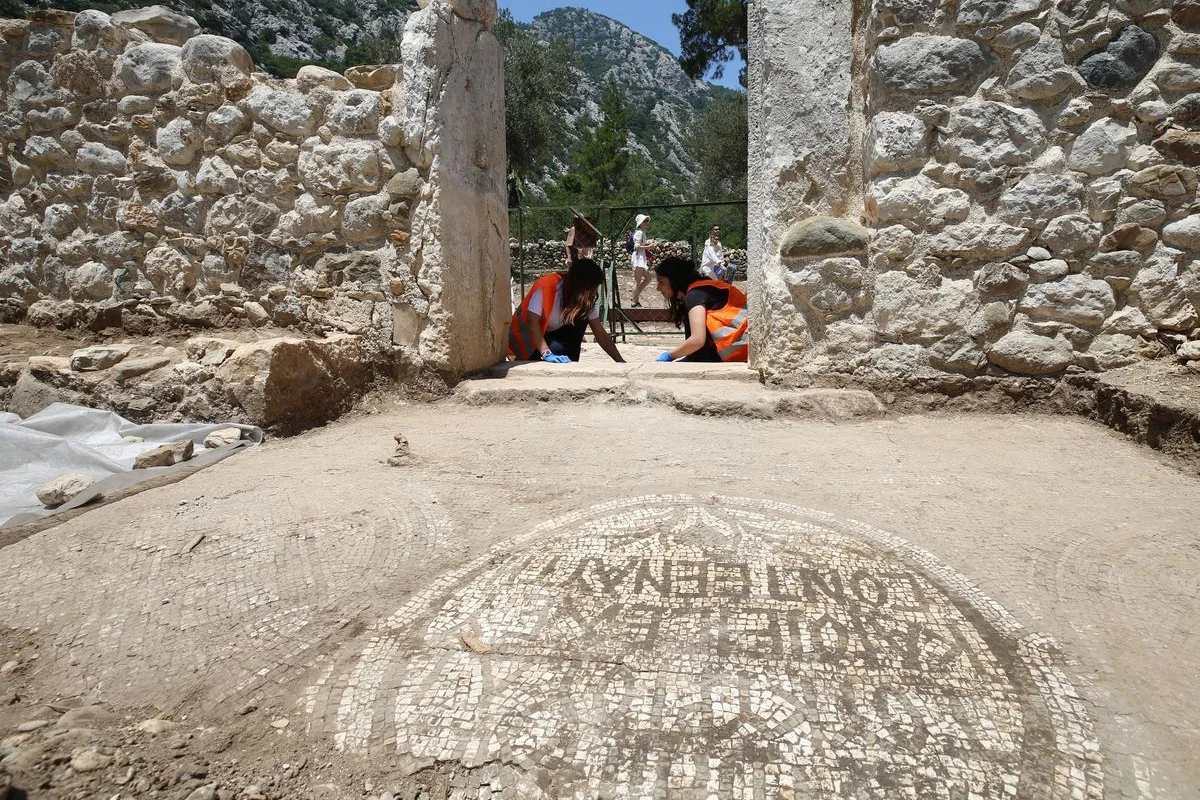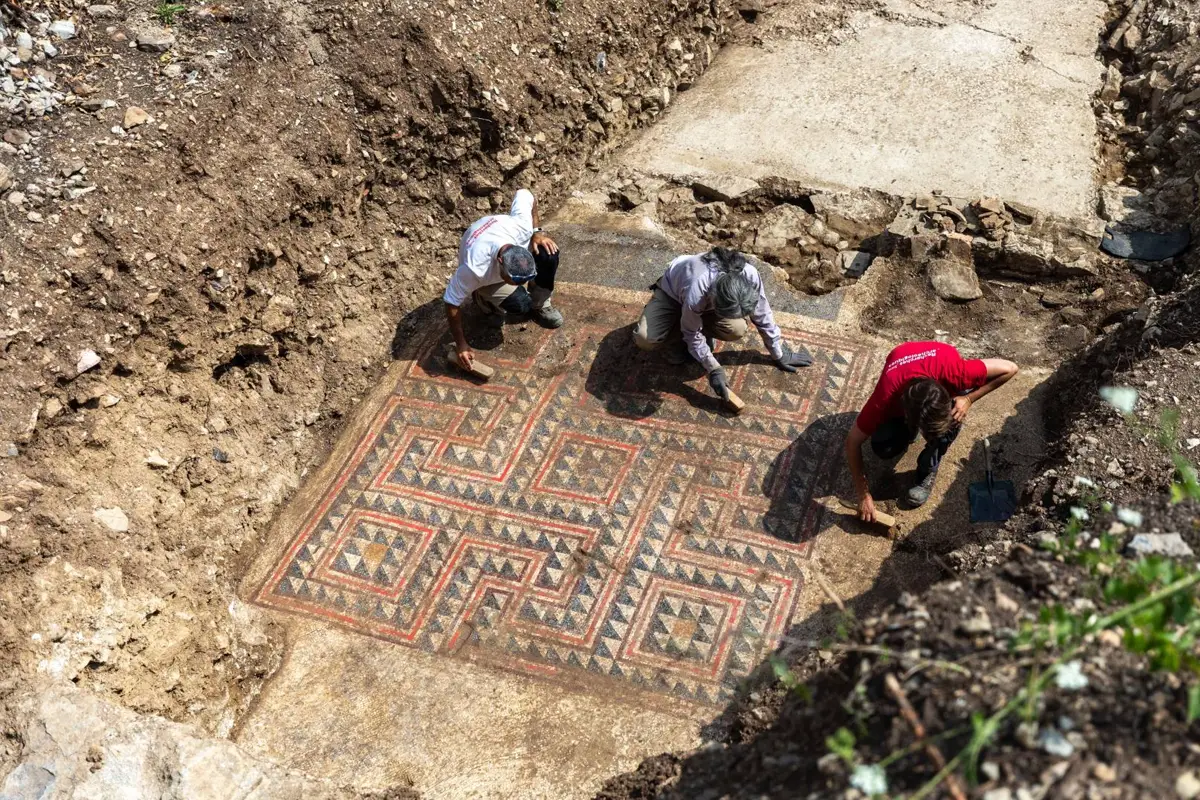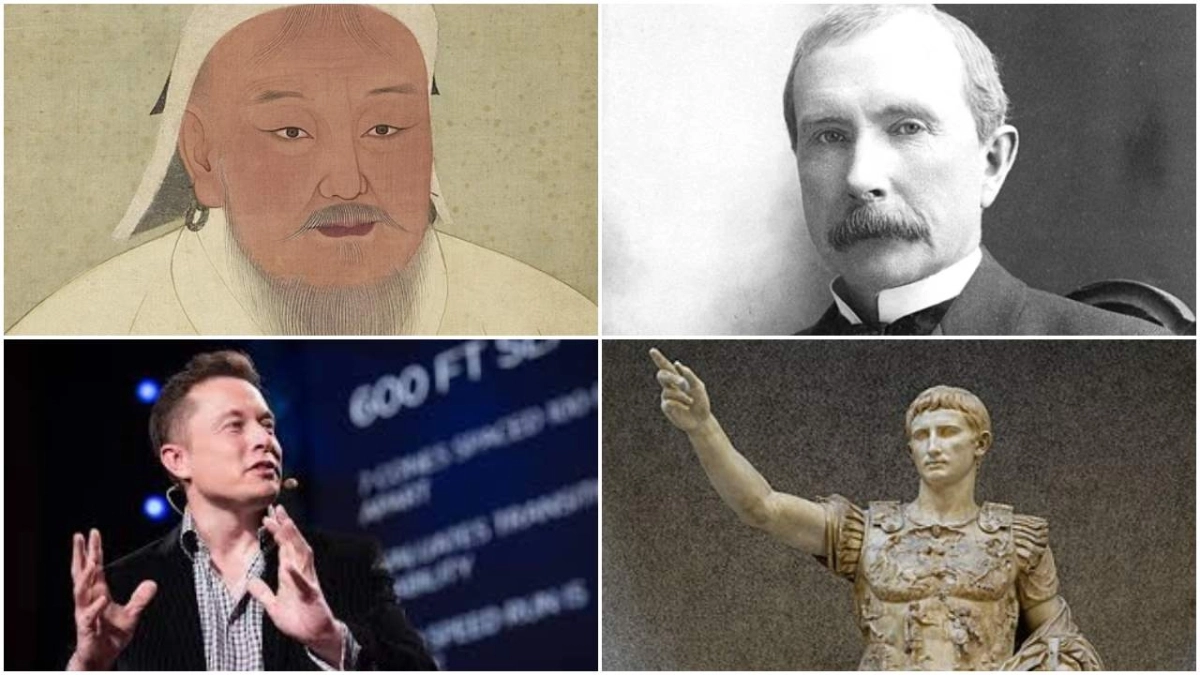A recent archaeological discovery has unveiled remnants of a Continental Army barracks in Colonial Williamsburg, shedding light on the lives of Revolutionary War soldiers. These artifacts offer a fresh perspective on a site thought to have been destroyed by British forces under General Charles Cornwallis in 1781.
Unearthing the Forgotten Barracks
During preparations for a new sports center on Colonial Williamsburg Foundation property, archaeologists investigated the area using 18th-century maps and historical documents. Their efforts revealed a treasure trove of artifacts spanning nearly four acres, marking a significant find.
According to the foundation, evidence of Continental Army barracks in Virginia is rare, making this site especially valuable. Built between 1776 and 1777, the barracks were occupied until their destruction in 1781. Remarkably, much of the site remains undisturbed, preserving critical insights into the past.
Artifacts and Their Stories
Although excavation has only begun, the team has uncovered numerous artifacts, including bricks, an intact chimney base, gun components, lead musket shot bearing toothmarks, high-end ceramics, and personal items likely belonging to officers. These findings provide a glimpse into the daily lives of soldiers during the Revolutionary War.
One particularly intriguing discovery is the lead musket shot with toothmarks. Experts speculate that bored soldiers chewed on the shot to pass time, as lead had a sweet taste.
A Glimpse Into History
The barracks were constructed in August 1776, just a month after the Declaration of Independence was signed. Originally intended to house 1,000 soldiers, they eventually accommodated up to 2,000 troops and 100 horses.
However, the barracks met a fiery end when British troops set them ablaze during their march toward Yorktown in 1781. Despite the destruction, archaeologists view the burning event as a "catastrophic but preserving" moment, helping to maintain the site's historical artifacts.
Unlocking the Past
As the excavation continues, archaeologists hope to uncover more about the soldiers’ lives, their routines, and the challenges they faced. The discovery of this site not only preserves a pivotal chapter in American history but also ensures that the stories of the Continental Army soldiers endure for generations to come.
This remarkable find underscores how even attempts to erase history can inadvertently preserve it, offering new opportunities to understand the lives of those who fought for America’s independence.







